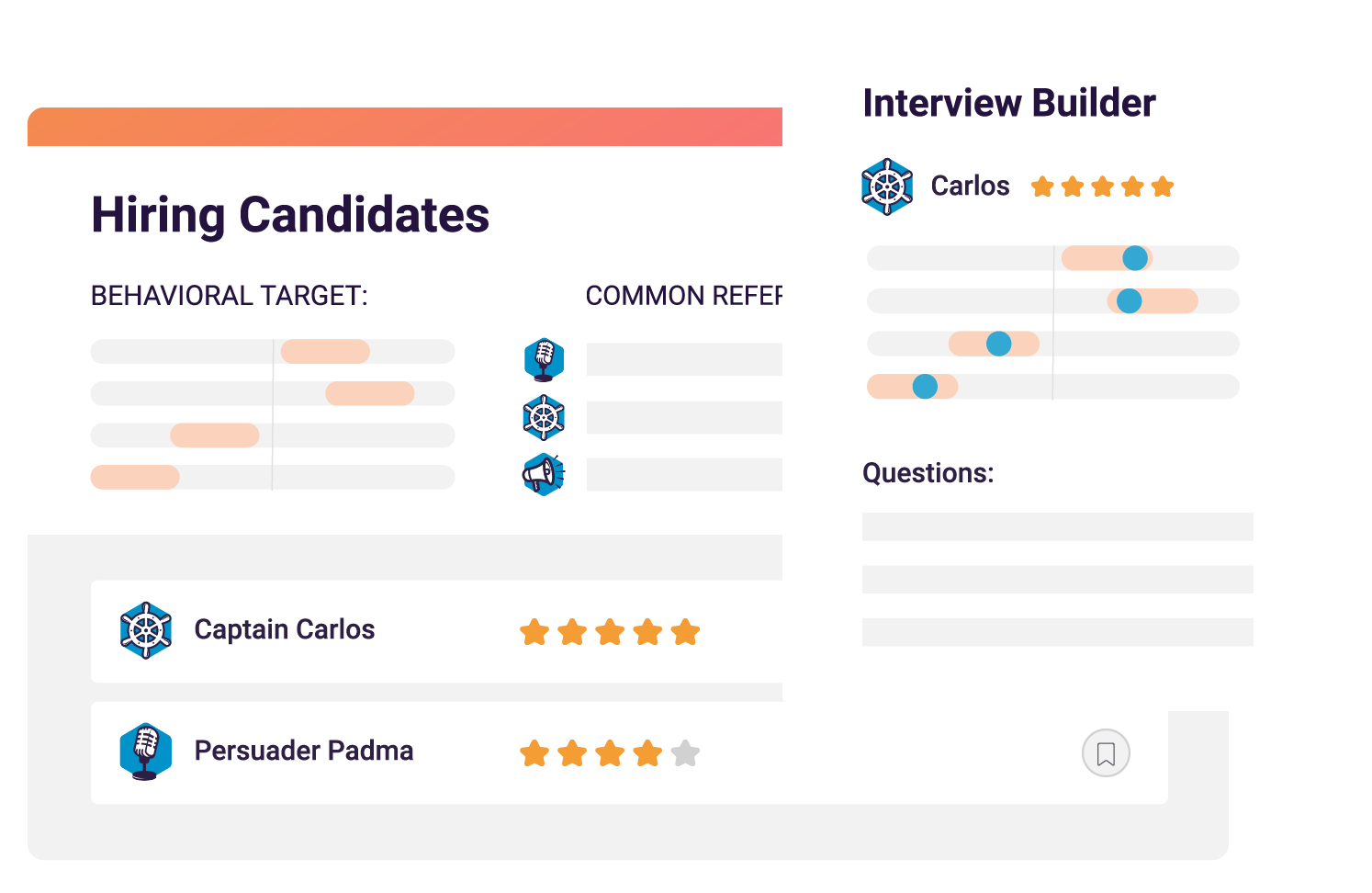By definition, to consult means to provide advice or an opinion. That’s why organizations seek consultations in the first place: to receive professional guidance on critical issues.
But engagements are hardly ever that simple. As a consultant, you bring a wealth of unique insights to the table. You might hold countless accolades, with years of experience in people management and business leadership. Yet even the best consultants struggle to earn client buy-in based on pedigree alone.
Enter your greatest tool: objective data. In this blog, you’ll learn five best-practices to help you make the most of the data available to you. That way, you can improve stakeholder engagement and decrease the time to value for your clients.
1. Have the right tools.
Before you can delve into any data analytics, you need the right infrastructure in place. And this starts by making sure you have a strong set of tools for the job ahead.
Start by understanding your current data needs. That includes the functionality (and limitations) of your current toolset. In general, you’ll likely need tools for each of the following:
- Gathering and sorting data
- Performing analyses
- Presenting your findings
In many cases, Microsoft Office tools like Excel and Powerpoint may be sufficient. They’re also appealing, as you likely already subscribe to them. However, if you’re looking for additional capabilities or horsepower, you’ll want to do further research.
Our list of top business consulting software tools will get you started. Whether you want to embed data collection within your project management process, or leverage a discipline like talent optimization, there’s no shortage of options available for your needs.

2. Set clear metrics.
Once you’re set up with the proper technology, next come the actual measurements. Take time, either with your clients or as part of the proposal process, to establish what metrics are key to the project’s success. These key performance indicators (KPIs) will be pivotal in demonstrating ROI.
Say you’re helping a client with change management. The project goal might be to preserve organizational cohesion amid leadership changes. In this case, a pivotal metric could be employee engagement, or the overall attrition rate.
As you come up with the right KPIs for your project, make sure you’re aligned with your client. If they proposed the metrics, then the process should be relatively smooth. But if you’re doing the suggesting—or relying on experience or “feel” as evidence—anticipate some pushback. Use empirical studies to support the validity of these KPIs, and explain how the metrics will help drive the project forward.
Setting these metrics provides an important way to monitor the health of the project. This helps build trust with your client, while holding yourself accountable to the available data. Perhaps most importantly, it shows your commitment to delivering real value.
3. Measure regularly.
Establishing clear metrics, while important, is the first part of a longer process. To prove ROI, you must take regular measurements as steps toward a client’s overall goal.
Take the change management example from before. If employee engagement is your project’s leading KPI, you might decide to measure engagement every quarter. Using a tool like the PI Employee Experience Survey™, you and your client can set up ideal benchmarks. From there, you can measure the actual results, and see how well they track against those goals.
When assessing progress, it’s important to think in terms of incremental change. Your clients’ goals likely won’t be attainable in a matter of days, weeks, or maybe even months. But by setting regular benchmarks, then measuring yourself against those projections, you create a roadmap to help hit these goals.
4. Keep clients informed.
As you work with clients to determine timelines and deliverables, honesty goes a long way. The more transparent you are with your recommendations, the more trust you’ll garner. Not only will this help you earn buy-in and commitment, but it’ll also further communicate the value you bring.
Start by creating a communication cadence with your clients. If you’re reporting on KPIs, make sure you’re doing so regularly and consistently. While this means sharing any major progress or milestones, it also means highlighting setbacks or roadblocks.
By keeping your client in the loop and apprised of the good and the bad, you build credibility and promote accountability. You also open up an important channel of two-way communication. Clients will inevitably have feedback, and it’s important that you address their needs as you continue to model, plan, and execute.
5. Leverage your own expertise.
Data may be a critical asset, but it doesn’t need to overshadow your own expertise. If anything, you should pair the two together for the greatest possible impact.
Personal experience will always have a place in engagements. As mentioned before, your clients have enlisted your help because of what you have to offer. Your beliefs and convictions have value, but it’s data that will ensure this value is fully realized.
As you engage with clients, make sure both sides of the equation shine through. Use your personality to strike a personal connection with your clients and build trust. Then use data to build upon that trust and drive your recommendations home. The sooner you can strike this balance between personal expertise and objective data, the more prepared you’ll be.









